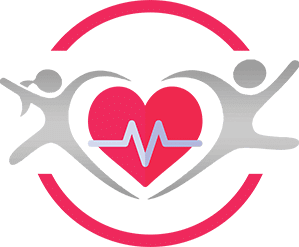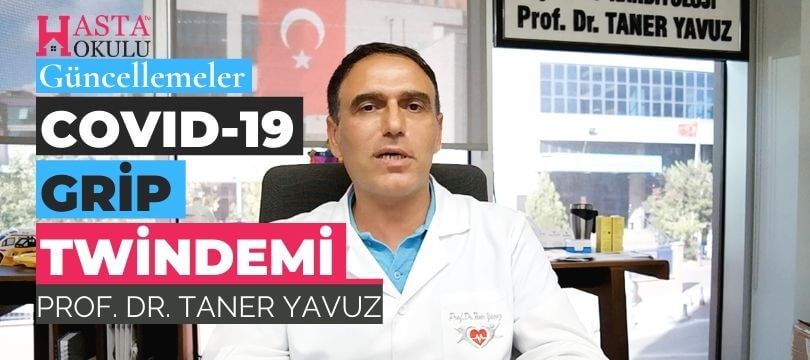Home Isolation of COVID-19
Home isolation of COVID-19. Your Pediatric Cardiologist Dr. Taner Yavuz is giving lecture on YouTube Channel The Patient School TV.
Stay with us, stay up to date!❤ Professor Dr. Taner Yavuz| Istanbul Pediatric Cardiology
If you feel unwell and have fever, cough and breathing difficulty, and call emergency number immediately to receive adequate care.
Stay Home
Most people who have experience mild symptoms are able to recover from COVID-19 at home.
Do not visit public areas and stay home.
Stay in touch with your doctor and call before you visit.
Stop using public transport or taxis, use a personel vehicle
Home Isolation
Stay away from others in your home, this is called home isolation. Stay in a separate room and use a separate bathroom if avaliable. You should limit contact with pets and other animals. Although there have not been reports of pets or other animals becoming sick with COVID-19. It is better to restrict contact with animal until more information is avaliable. If you have to care for your pet while you are sick, wash your hands before and after petting or touching them.
Call Ahead
If you have or may have COVID-19 and have an appointment with your doctor, you should call your doctor. This will help the office protect themselves and other patients.
Wear a Facemask
If you feel unwell, you should wear a face mask when you are around other people and before you enter your family doctor’s office. If you are caring for a sick person who is not able to wear a facemask (for example, because it causes trouble breathing), you should wear a face mask when you enter the room of the sick person.
Cover Your Coughs
Cover your mouth and nose with a tissue when you cough or sneeze. Throw used tissues in a lined trash can. Immediately wash your hands with soap and water for at least 20 seconds. If soap and water are not available, clean your hands with an alcohol-based hand sanitizer that contains at least 60% alcohol.
Clean Your Hands Often
Wash your hands often with soap and water for at least 20 seconds. This is especially important after blowing your nose, coughing, or sneezing, going to the bathroom, and before eating or preparing food.
If soap and water are not available, use an alcohol-based hand sanitizer with at least 60% alcohol, covering all surfaces of your hands and rubbing them together until they feel dry. Soap and water are the best option, especially if hands are visibly dirty.
Avoid touching your eyes, nose, and mouth with unwashed hands.
Do not Share
Do not share towels, drinking glasses, or dishes with other people in your home.
Clean Surfaces
Clean high-touch surfaces in your isolation area every day. Let a caregiver clean and disinfect high-touch surfaces in other areas of the home.
If a caregiver needs to disinfect a sick person’s bathroom, they should wait as long as possible after the sick person has used the bathroom. The caregiver should wear a mask. Use a household disinfectant. Diluted household bleach solutions can also be used.
Monitor Symptoms
If feel your illness is worsening such as breathing difficulty, seek medical attention, but call first. Tell them your symptoms. They will tell you what to do. Put on a facemask before you enter the building. If you can’t put on a facemask, try to keep a safe distance from other people (at least 1.5 meters).
If you develop emergency warning signs for COVID-19 get medical attention immediately.
These include; 1. bluish lips or face, 2. new confusion or inability to arouse, 3. persistent pain in the chest, and 4. difficulty breathing.
Discontinuation of Home Isolation
If you will not have a test to determine if you are still contagious, you can stop home isolation after these three things have happened: 1. You have had no fever for at least 72 hours (no fever without the use medicine that reduces fevers), 2. symptoms have improved such as shortness of breath, 3. at least 7 days have passed since your symptoms first appeared.
If you will be tested to determine if you are still contagious, you can leave home after these three things have happened: 1. You no longer have a fever, 2. symptoms have improved, 3. you received two negative tests in a row, 24 hours apart.





